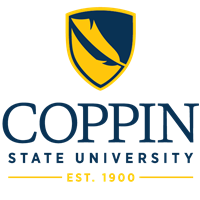Below is a summary of the abstract you submitted. Presenting author(s) is shown in bold.
If any changes need to be made, you can modify the abstract or change the authors.
You can also download a .docx version of this abstract.
If there are any problems, please email Dan at dar78@pitt.edu and he'll take care of them!
This abstract was last modified on April 2, 2025 at 5:13 a.m..

A novel bacteriophage, Coriander, was isolated from a soil sample collected in Pittsburgh, Pennsylvania, as part of the SEA-PHAGES (Science Education Alliance-Phage Hunters Advancing Genomics and Evolutionary Science) discovery course using bacterial host Gordonia terrae 3612. The name Coriander was inspired by its founding location, in the soil next to a garden bed of beautiful flowers. It is a temperate phage assigned within Cluster DB, and its genome has been fully sequenced at the Pittsburgh Bacteriophage Institute (Illumina MiSeq platform). The genome is 44,192 base pairs, has a GC content of 66.8%, and predicts 66 protein-coding genes. The small genome and well-established bioinformatic tools provide a coherent annotation workflow. Utilizing DNA Master, Starterator, Phamerator, and Phage Evidence Collection And Annotation Network (PECAAN) collectively with resources from the Actinobacteriophage Database, we conduct a comprehensive genome characterization: no tRNA was identified by DNA Master or PECAAN and confirmed with ARAGORN and tRNAscan-SE. Currently, Cluster DB comprises 20 members, all of which exhibit a high degree of conservation within the gene functions.
